Editor’s Note: Ron Avi Astor holds the Marjorie Crump Chair Professorship in Social Welfare at the UCLA Luskin School of Public Affairs with a joint appointment in the UCLA School of Education and Information Studies. He is the author, most recently, of three Oxford University Press books, including “Bullying, school violence, and climate in evolving contexts: Culture, organization and time.” Astor is a member of the American Academy of Social Work and Social Welfare and the National Academy of Education. Follow him on Twitter @AstorAvi. The opinions expressed in this commentary are his own. View more opinion on CNN.
CNN —
I often ask my students if they think school violence has been increasing, decreasing or staying stable over the past two decades. Inevitably one or more students say something like: “Of course it’s gone up!” By show of hands, most students agree.
My students are not alone. There is a widespread belief that violence in schools is on the rise. It emerges in discussions with my university colleagues, with family members, with educators charged with protecting our kindergartners to 12th graders. Policymakers share this view and vow to act, even when so often those promises don’t come to fruition.
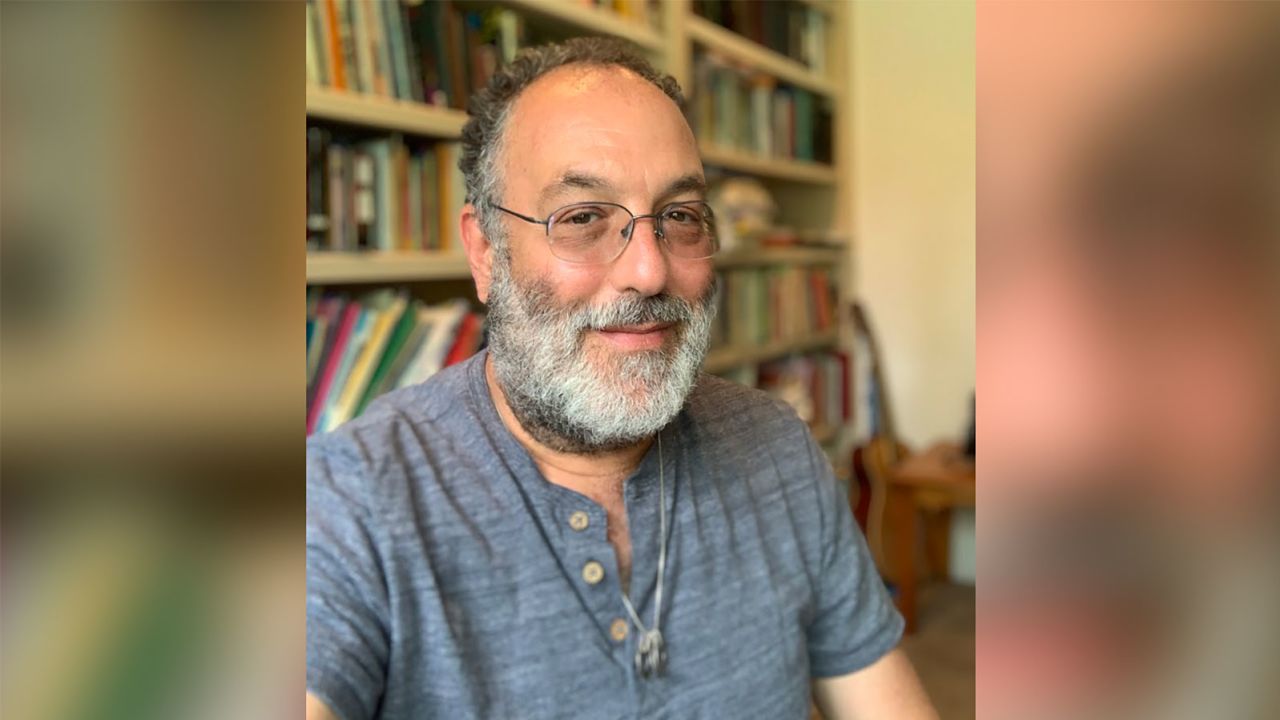
The reality, however, is that research shows that almost all forms of school violence have been steadily and dramatically dropping for more than two decades. One dramatic and tragic exception drives our perception — mass shootings. While the reduction of school violence should mean one less thing that parents have to worry about, the fear of mass shootings is real and valid, making the absence of worry seem impossible.
Our country deserves to know that mass shootings are just one part of the school safety story. On the whole, efforts to lessen violence in schools are working. On a day-to-day basis, when looking at violence that is not related to school shootings, our kids are safer.
It’s no surprise that Americans believe that schools are less safe today than in the past. We’ve all seen and read too often about the hundreds of senseless tragic shootings perpetrated on innocent schoolchildren and educators.
As an expert in this field, I am often called upon by reporters and policymakers to comment on such incidents. For more than 30 years, we have urged policymakers to implement important, evidence-based prevention strategies, only to have school shootings increase and persist. It’s heartbreaking.
The emotional toll of mass shootings is understandably horrific. I feel the outrage and the sense of helplessness, too. I, like many other Americans, fear when my children and grandchildren go to school.
As a scientist and expert in school safety, I try to take some solace from the clear and strong data trends. Progress is being made. Overall, on a day-to-day basis for most students, American schools are safer from types of violence – other than shootings – than they’ve been for many decades. Indeed, behaviors such as fighting, kicking, hitting, bringing weapons to school, threatening with weapons, verbal victimization and social isolation have decreased in some cases more than 50% in this timeframe.
A recent study I conducted with my colleagues analyzed school victimization trends across California from 2001 to 2019. The study examined reports of victimization from approximately 6 million 7th, 9th and 11th grade students. There were massive reductions in almost all forms of victimization, including:
- 56% reductions in physical fights,
- 70% reductions in reports of carrying a gun on school grounds,
- 59% percent reductions in being threatened by a weapon on school grounds.
This knowledge makes me feel better about sending my grandchildren to school. This true narrative is based on scientific data that should also be part of our national discussion. It should help us direct resources for further study and intervention to make even more progress.
Other types of verbal, social and physical victimization also went down. African American and Latinx students had much larger declines compared to their White peers. Boys had larger declines in victimization than girls.
Very unexpectedly, the reductions in victimization happened in 95% of the schools in California. This is surprising because it goes against much of the national narrative in the media and within political circles that continually refer to the rise in school violence. It means that, contrary to popular belief, the downward victimization trends are wide, deep, systemic and pervasive. This is very good and important news.
And there’s even more good news. There are positive changes in how students experience their school environments, including strong increases over time in feelings of belonging and feeling safe at school.
This means that students in California schools today and students across the US experience millions fewer harmful acts at school when compared with students who attended schools 20 years ago. This amazing trend is something we should talk about more in the public square.
It’s worth mentioning that our current study doesn’t track the trends of cyberbullying, which according to federal data has grown more prevalent as the internet has become more and more intertwined with the fabric of society. Often times, cyberbullying has tragic consequences, leading to mental health deterioration of young people and even suicide.
Tragedy is newsworthy. People deserve to know about school shootings and to feel outraged. These feelings can build momentum for policy change. But mass shootings are a different phenomenon than day-to-day school violence.
The random mass murders of innocent students are acts of domestic national terror. The shooters clearly intend to terrorize the nation by killing many innocent victims for the primary purpose of being memorialized. The intense media coverage of the shooters has unintentionally created a strong reward structure for suicidal and homicidal perpetrators if they follow the same terror template and kill innocent, young victims.
As a nation, we have lived through more than 20 years of this copycat terror scenario. In my opinion, this contagion effect is increasing the frequency of mass shootings. If true, in addition to widely discussed gun regulations, we should employ the same media reporting guidelines for shooters as we do terrorists and suicides.
Remove the terrorist’s reward of being remembered forever by refusing to post their names, faces, backgrounds, thoughts, videos, messages and manifestos. Focus only on the victims and the harm caused. This could reduce the rising contagion of mass shootings rather dramatically if strictly followed.
Knowledge is power, and today’s educators and schoolchildren alike have more knowledge about school safety than ever before. They know more about what to do when hearing about a threat of violence. They understand better why their peers shouldn’t bring weapons into the classroom.
More students and educators now understand that bullying and teasing can have lasting impacts on a victim’s emotional well-being. More schools are implementing social emotional learning and creating positive school climates. Educators and students alike are eager to provide comfort to their students and peers in crisis.
These are good things. We’re on a good path. If we heed what the research is telling us, I believe we can reduce school victimization even further and create a truly safe, supportive environment for all of our nation’s children, educators and school staff.
.png)
 1 year ago
6
1 year ago
6
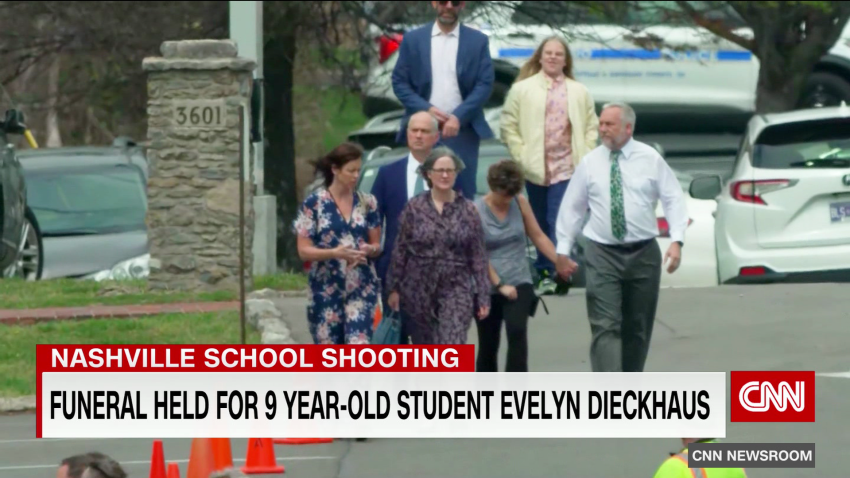
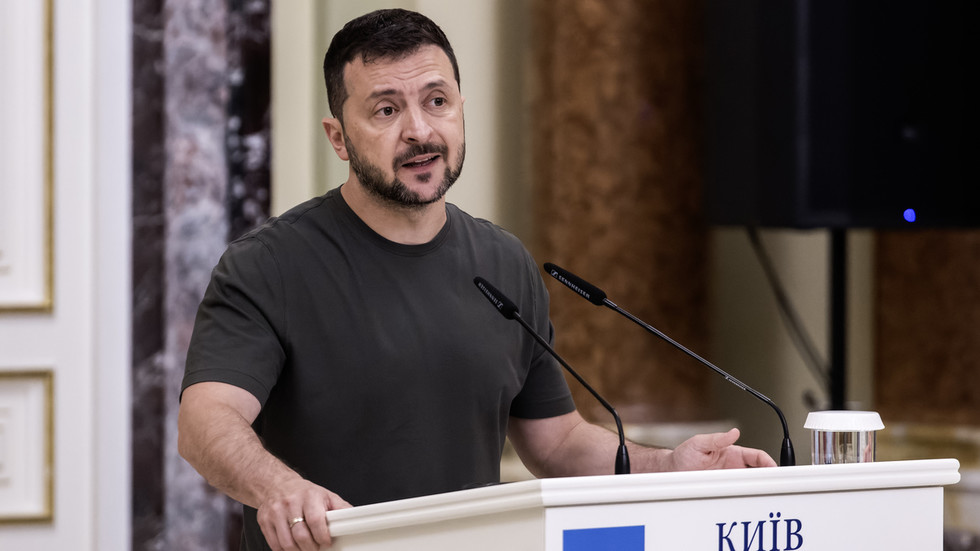
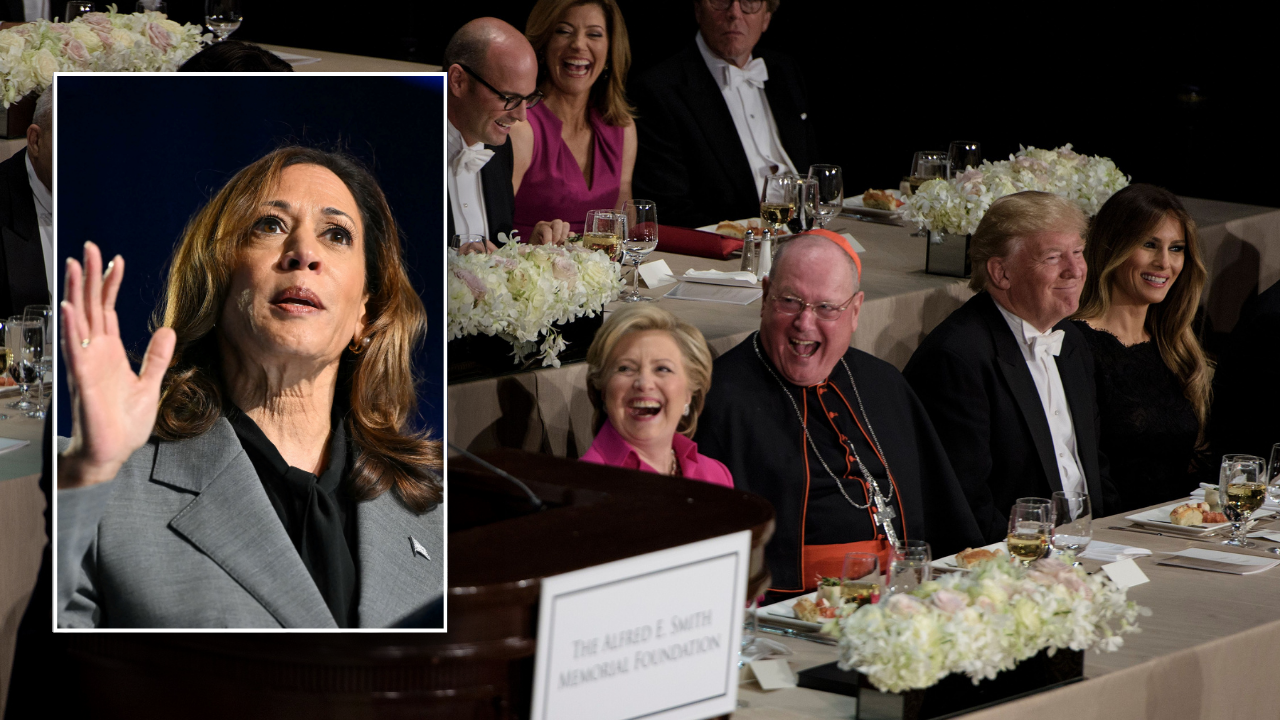
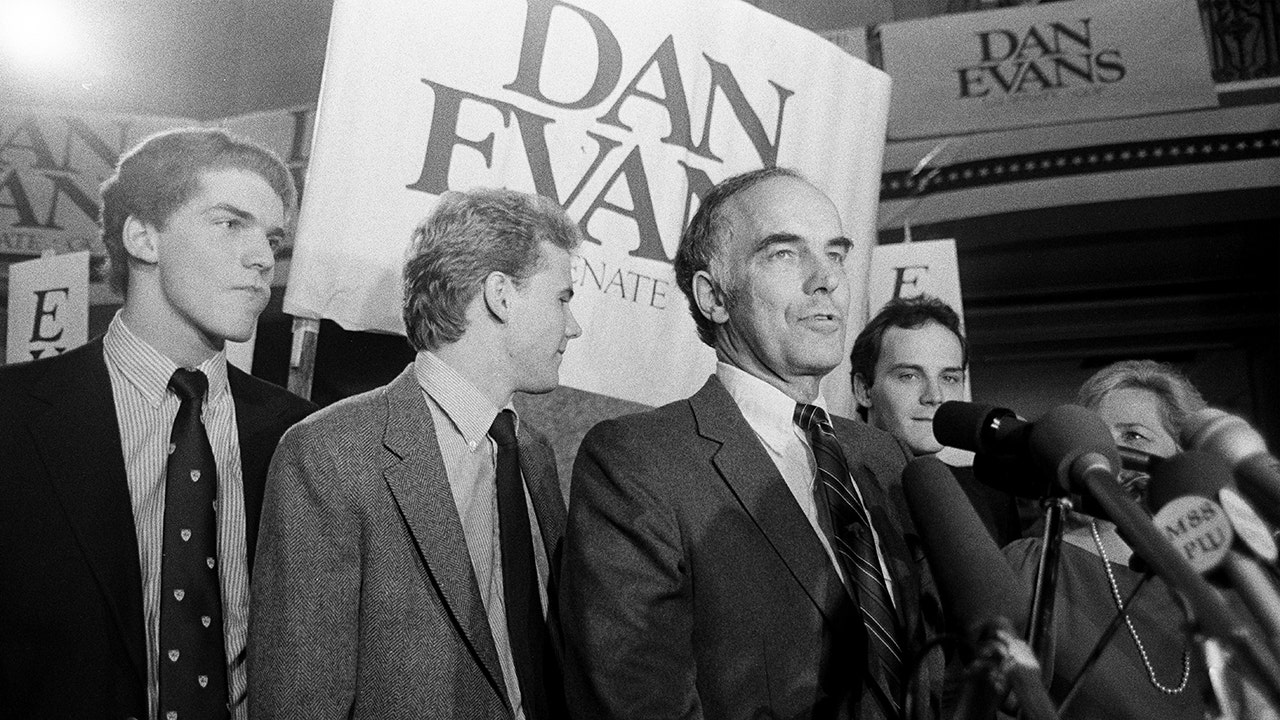




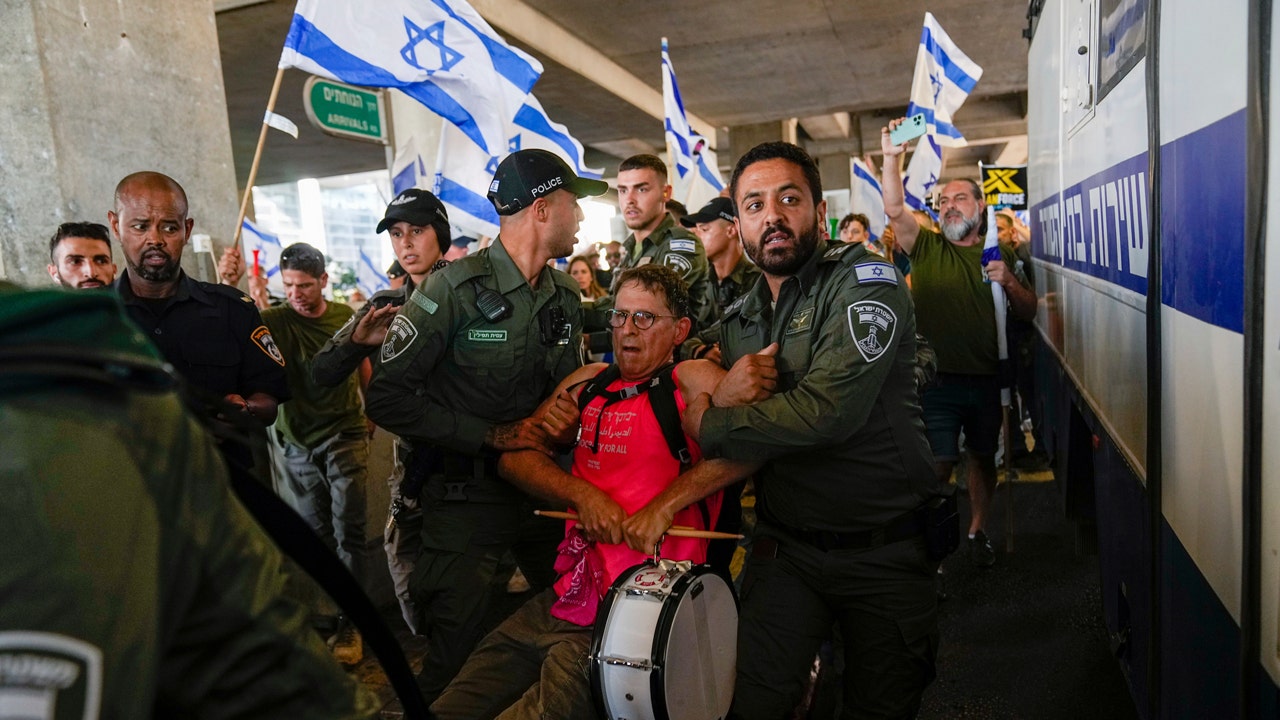
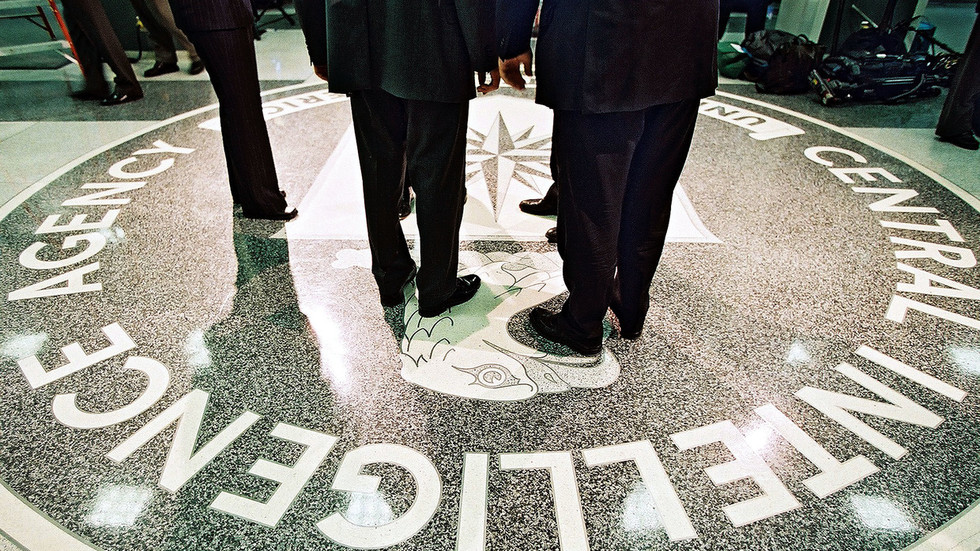
 English (US) ·
English (US) ·